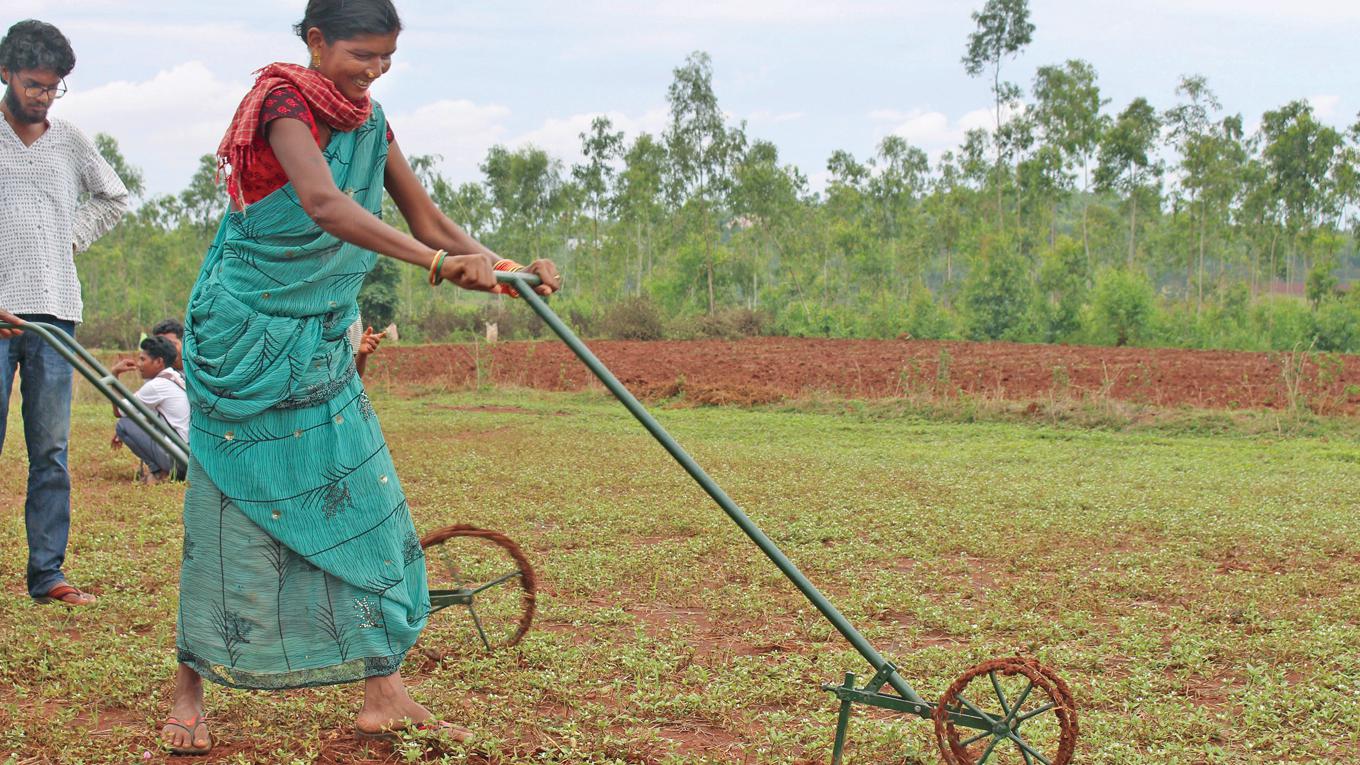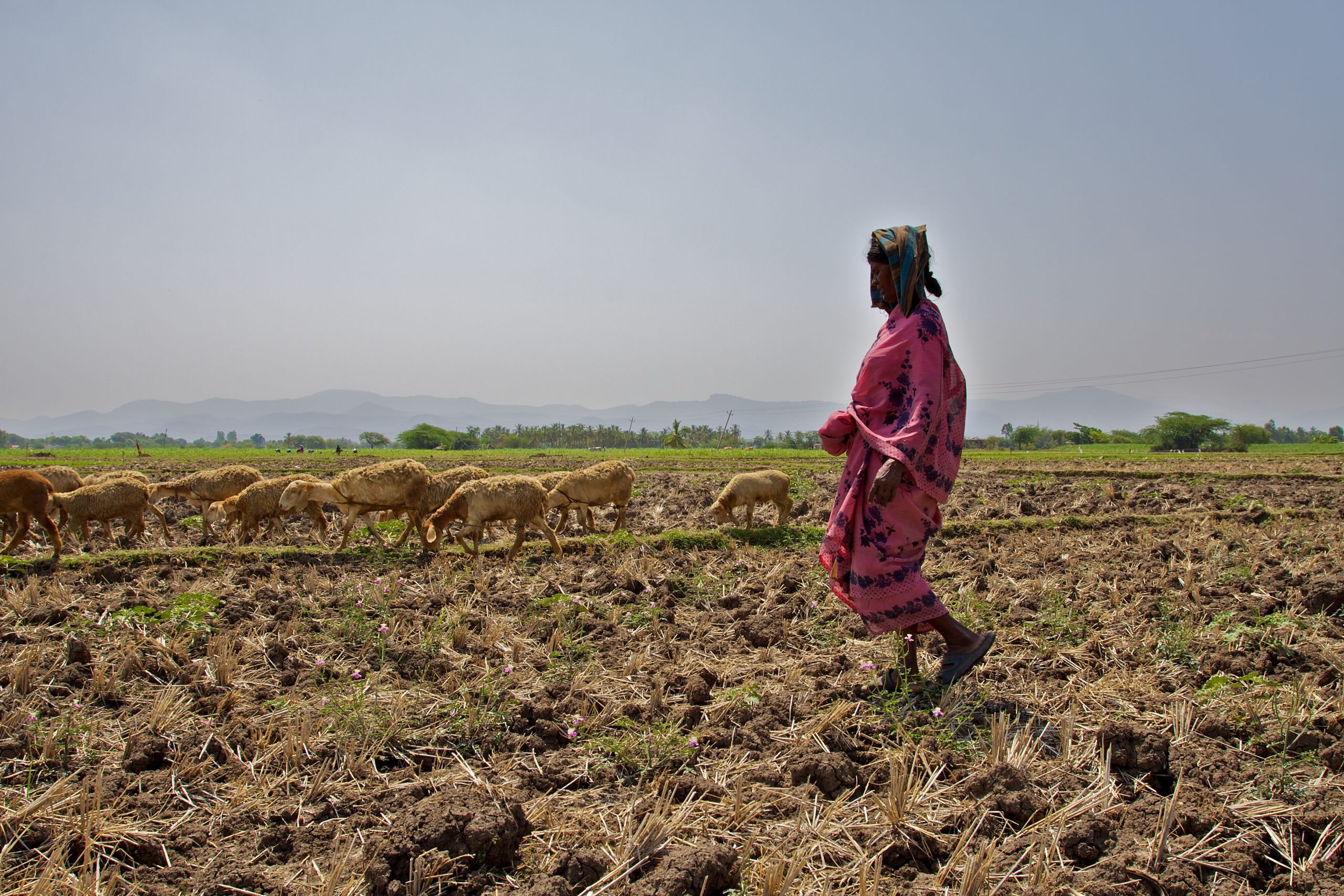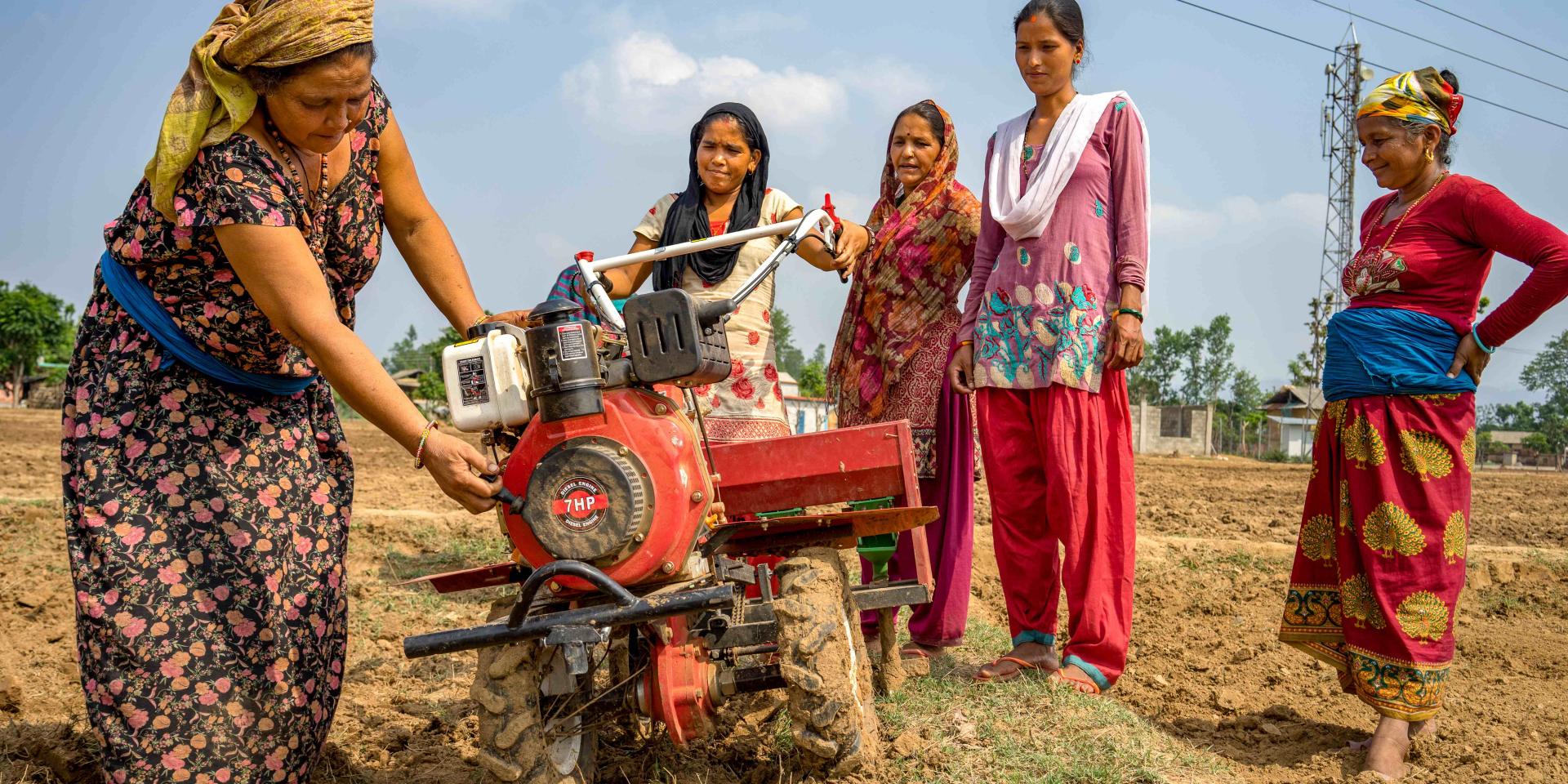A recent report published by International Maize and Wheat Improvement Center (CIMMYT) shows that women wheat farmers in Madhya Pradesh, India’s second-largest state by area, are losing employment as machines pushed them off fields. The report also recognises how caste further disenfranchises women from oppressed caste identities, as information and power remain with the dominant caste.
In this context, there are two important questions we need to ask: Does mechanisation in unorganised sectors usually result in more loss of employment for women? Is control of machines often entrusted to men?

In 2017 a Twitter bot named Tay was revealed in all its full-lipped wide-eyed wonder. Built as a creature of the web, what was Tay equipped with? This manic-pixie-dream-bot was for whose benefit? Within 24 hours Tay had to be pulled down as the sexist chatter became violent. An artificially intelligent creature was designed by a majorly male industry for male consumers.
It is not surprising because from simpler machines to the glossier world of Ex Machina, that technology and design have considered women as a niche variant of men at best. From CPR dummies to airbags to space suits, women constitute an afterthought in our relentless technological progress.
Machines have often been seen as labour-substituting than labour-complimenting. Often times work like weeding, tilling and seeding are relegated to women workers, as division of labour has been majorly gendered, based on biological and social prejudices. A lot of these activities have been taken over by machines, with higher efficiency and precision. New equipments or machineries are majorly entrusted to male workers, reducing both opportunities and confidence for female workers
Ergonomics refers to the relationship of a worker with their work environment. In designing equipment, ergonomic factors such as height, weight, structure, etc., are weighed in. The designing of farm tools needs to take into account the ergonomic requirements of a female body. The capacities are often measured against masculine standards, and therefore, any character in a woman is a lack of a masculine feature, and not a feature unique to a female body.
The empowerment of women agricultural workers can happen through women-friendly tools and equipment, while also organising extensive demonstrations and training with existing machinery. It is also important that women are trained by women facilitators. NGOs in India are working towards more diverse educators to conduct informal education training regarding new equipment, that has been traditionally controlled by men.
Also read: Meghalaya Woman Trinity Saioo Receives Padma Shri For Turmeric Farming

The present farm mechanisation is heavily modeled on and for men. The introduction of tractors showed less female labour growth than men. From 39 percent in 1999, women of working age employed in agriculture slid down to 27 percent in 2011. These years are important as India saw significant mechanisation in agricultural practices during this period. There was a rise in the employment of women in construction in this time period instead.
Machines have often been seen as labour-substituting than labour-complimenting. Often, work like weeding, tilling and seeding are relegated to women workers, as division of labour has been majorly gendered, based on biological and social prejudices. A lot of these activities have been taken over by machines, with higher efficiency and precision. New equipment or machinery is majorly entrusted to male workers, reducing both opportunities and confidence for female workers.
One of the major reasons has been the migration of the male population from villages to cities. Men taking off-farm jobs for more vibrant financial benefits increased the population of women cultivators. But the pandemic changed this demography as migrant labourers returned home. This exodus into the already crowded, agriculture-reliant rural economy meant the side-lining of women who had taken over the space in the absence of men
Machines also change wage distribution. Women have seen no significant increase in wage, unlike men, with the advent of machines. A lot of these machines are logistically difficult for women to operate, hence significant changes can be brought about by design. The problems faced by workers in the rural agricultural sector have their roots in the industrial and engineering fields, which continue to be male-dominated. For the entire system to see a major change, every sector needs to integrate (not just represent) qualified women beyond social and biological prejudices.
Beyond designing equipment, women need to be educated – both in technology and their rights. The educational drives in rural India have empowered women with knowledge and confidence. But this progress is not monolithic as caste changes access to this social capital. Often, women of the same caste share knowledge within their circles. Only one in six women owns land in India, despite laws that grant women the right to land. It is also important to take into account how caste is a deciding factor in owning land.
Women from the scheduled castes have a reduced chance of autonomy when it comes to owning assets like land. The Hindu Succession Act (HSA) of 1956 and the subsequent amendment of it in 2005 granted substantial legal equality in all forms of property. But its reflection, in reality, is complicated and feeble, heavily variegated by savarnas and Dalits. Women are mainly employed as hired agricultural labourers, and not owning land makes women vulnerable employees with reduced agency.

India is the eighth-largest wheat exporter in the world, and makes up 4.1 percent of the total global wheat exports, as of 2020-21. According to a survey released by CIMMYT in 2020, among 12 communities across four Indian states, women have been found to play a distinct role in decision-making and innovation in wheat-based systems.
One of the major reasons has been the migration of the male population from villages to cities. Men taking off-farm jobs for more vibrant financial benefits increased the population of women cultivators. But the pandemic changed this demography as migrant labourers returned home. This exodus into the already crowded, agriculture-reliant rural economy meant the side-lining of women who had taken over the space in the absence of men.
The lack of land-owning women in the agricultural communities buttressed the claim staked by men. Agriculture became a ray of shining hope in the collapsing market of a pandemic-hit country. But at the same time, ground reports from Uttar Pradesh showed that the employment crisis disproportionately affected women workers in agriculture. Khabar Lahariya reported from Ayodhya and Mahoba in Uttar Pradesh on how reverse migration during the pandemic saw a drop in demand for women on farms. The return of the male workforce also resulted in a significant wage cut amongst women workers.
Also read: Women Contribute Hugely In Agriculture, But Are Still Overlooked As ‘Farmers’
The rapid mechanisation of agriculture has caused a sizeable loss of employment. The pre-existing division of labour, the lack of sensitive design, caste divisions, and the absence of accessible informal education make women more vulnerable to loss of work, than men. There is a need for gender sensitised policy-making to stem the impact of technological changes on labour.
Caste is a larger problem looming in the Indian society, but for grassroots workers trying to empower women workers, it is important to be cognisant of the caste factor in this gendered problem. It is important to also have more gender-diverse workers in the field of technical innovations and design to be able to consider gendered requirements and modify the machines accordingly. Machines were created to simplify a man’s task, it is time we think about using the same theories for women.
Featured Image Source: CGIAR Gender Platform
About the author(s)
She/they is an editor and illustrator from the suburbs of Bengal. A student of literature and cinema, Sohini primarily looks at the world through the political lens of gender. They uprooted herself from their hometown to work for a livelihood, but has always returned to her roots for their most honest and intimate expressions. She finds it difficult to locate themself in the heteronormative matrix and self-admittedly continues to hang in limbo





A detailed study of the current situation of women in a well-informed manner, please share more content like this. For more information related to the rights of women and more visit LedX’s website.